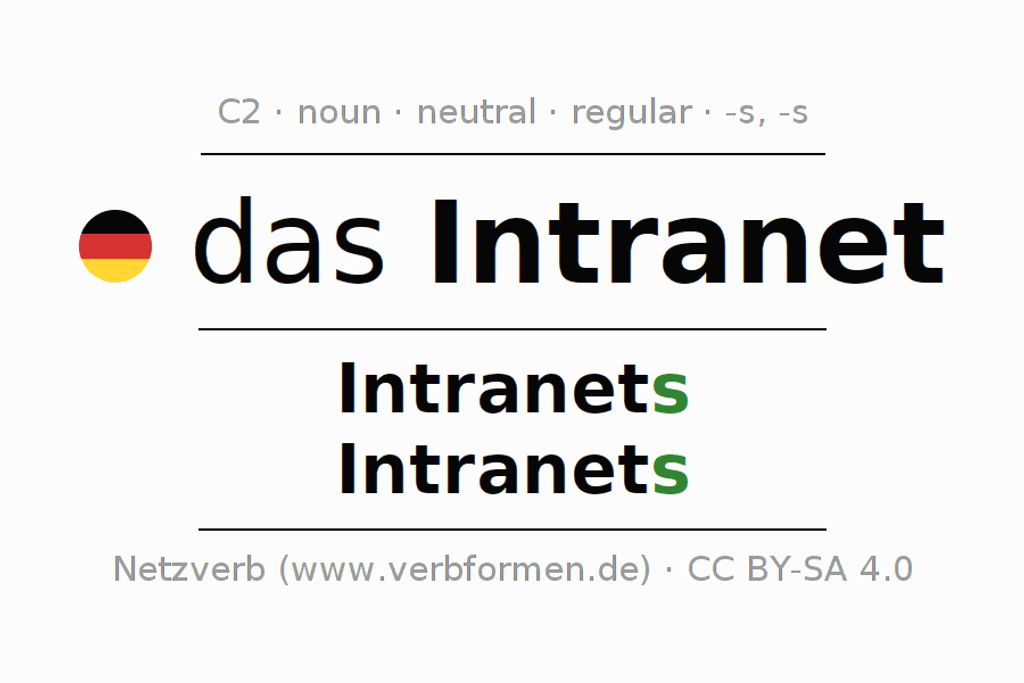Intranet is a powerful tool that can greatly benefit organizations by improving communication and collaboration among employees. It provides a centralized platform for sharing information and knowledge, making it easier for employees to access the resources they need. However, there are also challenges associated with implementing and maintaining an intranet system. In this article, we will explore the pros and cons of intranet and provide key takeaways for organizations considering its implementation.
Key Takeaways
- Intranet improves communication and collaboration among employees.
- Intranet centralizes information and knowledge sharing.
- Resistance to change is a common challenge when implementing intranet.
- Intranet can pose security risks if not properly managed.
- Organizations should carefully consider the pros and cons before implementing an intranet system.
Benefits of Intranet

Improved Communication and Collaboration
Improved communication and collaboration are key benefits of implementing an intranet in an organization. With an intranet, employees can easily connect and share information with each other, regardless of their physical location. This improves communication by enabling real-time messaging, file sharing, and video conferencing. Additionally, collaboration is enhanced as employees can work together on projects, share documents, and provide feedback in a centralized platform.
In addition to facilitating communication and collaboration, an intranet also promotes transparency and visibility within the organization. Important announcements, company news, and updates can be easily disseminated to all employees through the intranet. This ensures that everyone is on the same page and reduces the chances of miscommunication or missed information.
Furthermore, an intranet serves as a repository of knowledge and information. It allows employees to access important documents, policies, procedures, and training materials in one centralized location. This not only saves time and effort in searching for information but also ensures that employees have access to the most up-to-date and accurate resources.
To summarize, implementing an intranet improves communication, collaboration, transparency, and knowledge sharing within an organization, leading to increased productivity and efficiency.
Centralized Information and Knowledge Sharing
Centralized information and knowledge sharing is one of the key benefits of an intranet. It allows employees to access important information and resources from a single, centralized location. This eliminates the need for multiple platforms and tools, streamlining the process of finding and sharing information. With centralized information and knowledge sharing, employees can easily collaborate on projects, share best practices, and access up-to-date documents and files. This improves overall communication and productivity within the organization.
Challenges of Intranet

Resistance to Change
Resistance to change is a common challenge when implementing an intranet. Employees may be resistant to adopting new technologies or changing their established workflows. This resistance can stem from a fear of the unknown, concerns about job security, or a lack of understanding about the benefits of the intranet.
Security Risks
Security Risks
Intranets can also pose security risks, which can be a concern for organizations. With sensitive information and data stored on the intranet, there is a potential for unauthorized access or data breaches. It is important for organizations to implement strong security measures to protect against these risks. This can include using firewalls, encryption, and access controls to ensure that only authorized individuals can access the intranet.
In addition, organizations need to be aware of the potential for malware or viruses to be introduced through the intranet. Employees may unknowingly download infected files or click on malicious links, putting the entire network at risk. Regular security updates and employee training on safe browsing practices can help mitigate these risks.
Conclusion
In conclusion, intranet offers numerous benefits for organizations, including improved communication and collaboration, as well as centralized information and knowledge sharing. However, it also comes with its challenges, such as resistance to change and security risks. Despite these challenges, the advantages of intranet outweigh the drawbacks, making it a valuable tool for modern businesses. With proper implementation and security measures, organizations can harness the power of intranet to enhance productivity and streamline operations.
Frequently Asked Questions
What is an intranet?
An intranet is a private network that is only accessible to an organization’s employees, contractors, and other authorized users.
What are the benefits of using an intranet?
Some benefits of using an intranet include improved communication and collaboration among employees, centralized information and knowledge sharing, and increased productivity.
How does an intranet improve communication and collaboration?
An intranet provides a platform for employees to communicate and collaborate on projects, share documents and files, and participate in discussions and forums.
What is centralized information and knowledge sharing?
Centralized information and knowledge sharing refers to the ability to store and access important documents, policies, procedures, and other information in a single location, making it easier for employees to find and share information.
What are some challenges of using an intranet?
Some challenges of using an intranet include resistance to change from employees who are accustomed to traditional methods of communication, and security risks such as unauthorized access to sensitive information.
How can organizations overcome resistance to change when implementing an intranet?
To overcome resistance to change, organizations can provide training and support to employees, communicate the benefits of using an intranet, and involve employees in the decision-making process.




